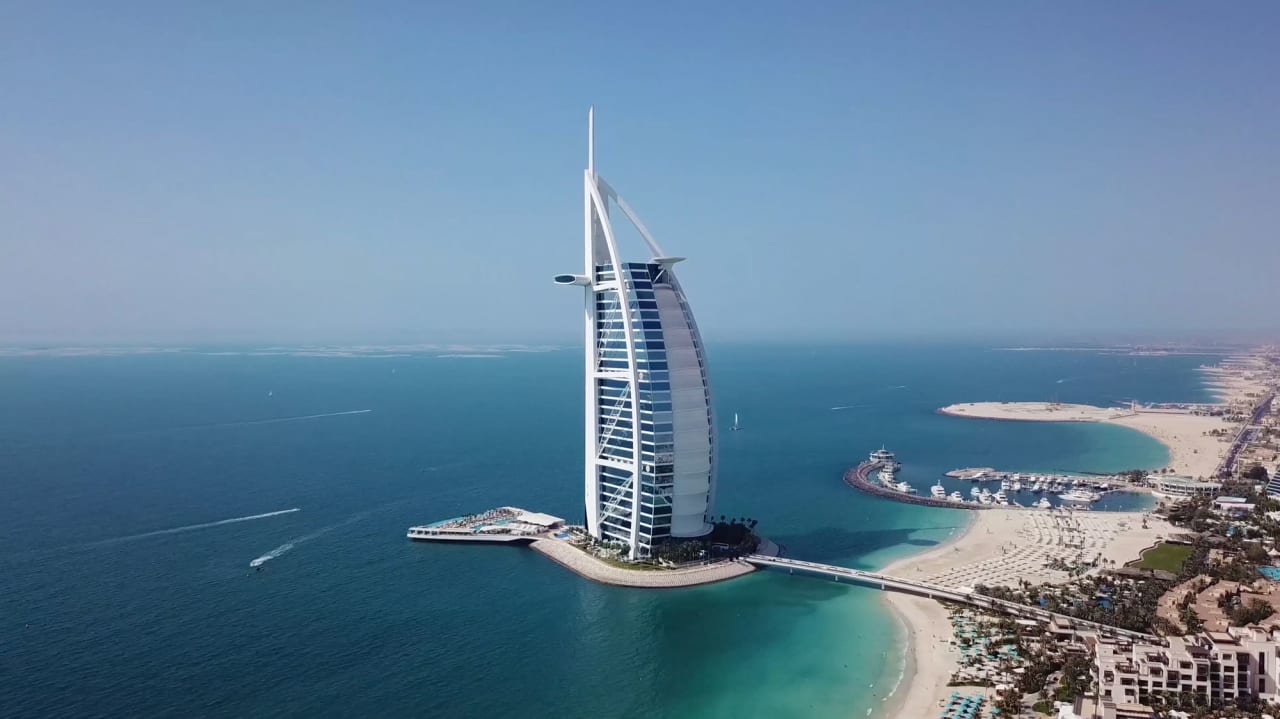Why Australian women are creating their own paths to wealth
Female investors are on the rise, and they’re managing the markets their own way
T hey’re young, they’re women and they’re ethically motivated – they are the new face of investing.
While the COVID pandemic was a growth period for new investors in general – there were more than three times as many new investors during 2020 than before – young female investors were already there.
They had been closing the gender investor gap long before we donned face masks and lined up for Covid vaccinations. Women make up 45 per cent of all new investors, according to the ASX Australian Investor Study 2020 – that’s a 31 percent increase in the past decade. And they’re not stopping there; women account for 51 percent of those who plan to invest.
“Females aged 55-plus are the group that have had the biggest growth in homelessness and I think hearing things like this in the media has made young women feel that they need to do better in the long run,” says Elizabeth Moran, director of the Australian Investors Association. “Young women are very connected and these types of conversations are constantly happening among them.”
For more stories like this, pick up a copy of Kanebridge Quarterly magazine here.
The chat is happening mostly via social media, with the rise of ‘finfluencers’, says Andy Darroch, an independent financial adviser with Advise Me Today.
“These finfluencers have had a huge impact,” he says of the growing rate of young female investors. “Social media as a whole, but fundamentally podcasts, has been largely responsible for getting these conversations going amongst young females.”
There’s people like financial advisor Victoria Devine from the popular podcast She’s on the Money, whose tagline reads “one stop destination for millennials who want financial freedom…without skimping on brunch.” Sydney content producer Queenie Tan has a YouTube channel called Invest with Queenie where she shares her journey to financial freedom with her almost 35,000 subscribers. Rounding out the trio is Kate Campbell with her multimedia platform, How To Money, that includes podcasts, articles and an active online presence.
But just as we have seen with the beauty and the health and fitness industries where non-professionals were often giving advice outside their abilities and qualifications, so too with finfluencers.
While some of these queens of finance social media are accredited financial advisors, some are just sharing their personal journey. And ASIC has warned followers need to be wary of who they’re getting their financial advice from.
The ASIC Young People and Money survey found 33 percent of 18 to 21 year olds follow at least one financial influencer on social media and a further 64 percent
had changed at least one of their financial behaviours as a result.
Also growing is the number of finance apps have come onto the market to make investing easier.
“For 40 years the formula for independent success was save up, buy a house, rinse and repeat,” says Darroch. “But with house prices growing at one percent a month, you can’t do that anymore and people are looking elsewhere for a new formula for success.
“But the (finance) industry makes it so complicated – there’s over 40,000 investment options for your super alone. Tech-reduced barriers like apps are helping people navigate this complicated world.”
Pearler and eToro are two popular apps which promise to make investing easier.
But a new kid on the block is the Blossom app, co-founded by millennial Gaby Rosenberg, which promises to plant a tree in a bushfire-affected region for every new account opened. While anyone can use it, it’s clearly marketed towards millennial females with an ESG focus.
An environmental focus is something that resonates strongest with women, says Anil Sagaram, founder and CEO of Acacia, a free app that allows users to upload their financial information to find new options for their savings, energy, superannuation and home loans that are more financially rewarding and sustainable.
“The bushfires, floods and the pandemic have driven an accelerated awareness of social issues,” Sagaram says. “And sustainable propositions is something that really resonates with young women.”
This stylish family home combines a classic palette and finishes with a flexible floorplan
Just 55 minutes from Sydney, make this your creative getaway located in the majestic Hawkesbury region.
Continued stagflation and cost of living pressures are causing couples to think twice about starting a family, new data has revealed, with long term impacts expected
Australia is in the midst of a ‘baby recession’ with preliminary estimates showing the number of births in 2023 fell by more than four percent to the lowest level since 2006, according to KPMG. The consultancy firm says this reflects the impact of cost-of-living pressures on the feasibility of younger Australians starting a family.
KPMG estimates that 289,100 babies were born in 2023. This compares to 300,684 babies in 2022 and 309,996 in 2021, according to the Australian Bureau of Statistics (ABS). KPMG urban economist Terry Rawnsley said weak economic growth often leads to a reduced number of births. In 2023, ABS data shows gross domestic product (GDP) fell to 1.5 percent. Despite the population growing by 2.5 percent in 2023, GDP on a per capita basis went into negative territory, down one percent over the 12 months.
“Birth rates provide insight into long-term population growth as well as the current confidence of Australian families,” said Mr Rawnsley. “We haven’t seen such a sharp drop in births in Australia since the period of economic stagflation in the 1970s, which coincided with the initial widespread adoption of the contraceptive pill.”
Mr Rawnsley said many Australian couples delayed starting a family while the pandemic played out in 2020. The number of births fell from 305,832 in 2019 to 294,369 in 2020. Then in 2021, strong employment and vast amounts of stimulus money, along with high household savings due to lockdowns, gave couples better financial means to have a baby. This led to a rebound in births.
However, the re-opening of the global economy in 2022 led to soaring inflation. By the start of 2023, the Australian consumer price index (CPI) had risen to its highest level since 1990 at 7.8 percent per annum. By that stage, the Reserve Bank had already commenced an aggressive rate-hiking strategy to fight inflation and had raised the cash rate every month between May and December 2022.
Five more rate hikes during 2023 put further pressure on couples with mortgages and put the brakes on family formation. “This combination of the pandemic and rapid economic changes explains the spike and subsequent sharp decline in birth rates we have observed over the past four years,” Mr Rawnsley said.
The impact of high costs of living on couples’ decision to have a baby is highlighted in births data for the capital cities. KPMG estimates there were 60,860 births in Sydney in 2023, down 8.6 percent from 2019. There were 56,270 births in Melbourne, down 7.3 percent. In Perth, there were 25,020 births, down 6 percent, while in Brisbane there were 30,250 births, down 4.3 percent. Canberra was the only capital city where there was no fall in the number of births in 2023 compared to 2019.
“CPI growth in Canberra has been slightly subdued compared to that in other major cities, and the economic outlook has remained strong,” Mr Rawnsley said. “This means families have not been hurting as much as those in other capital cities, and in turn, we’ve seen a stabilisation of births in the ACT.”
This stylish family home combines a classic palette and finishes with a flexible floorplan
Just 55 minutes from Sydney, make this your creative getaway located in the majestic Hawkesbury region.

















